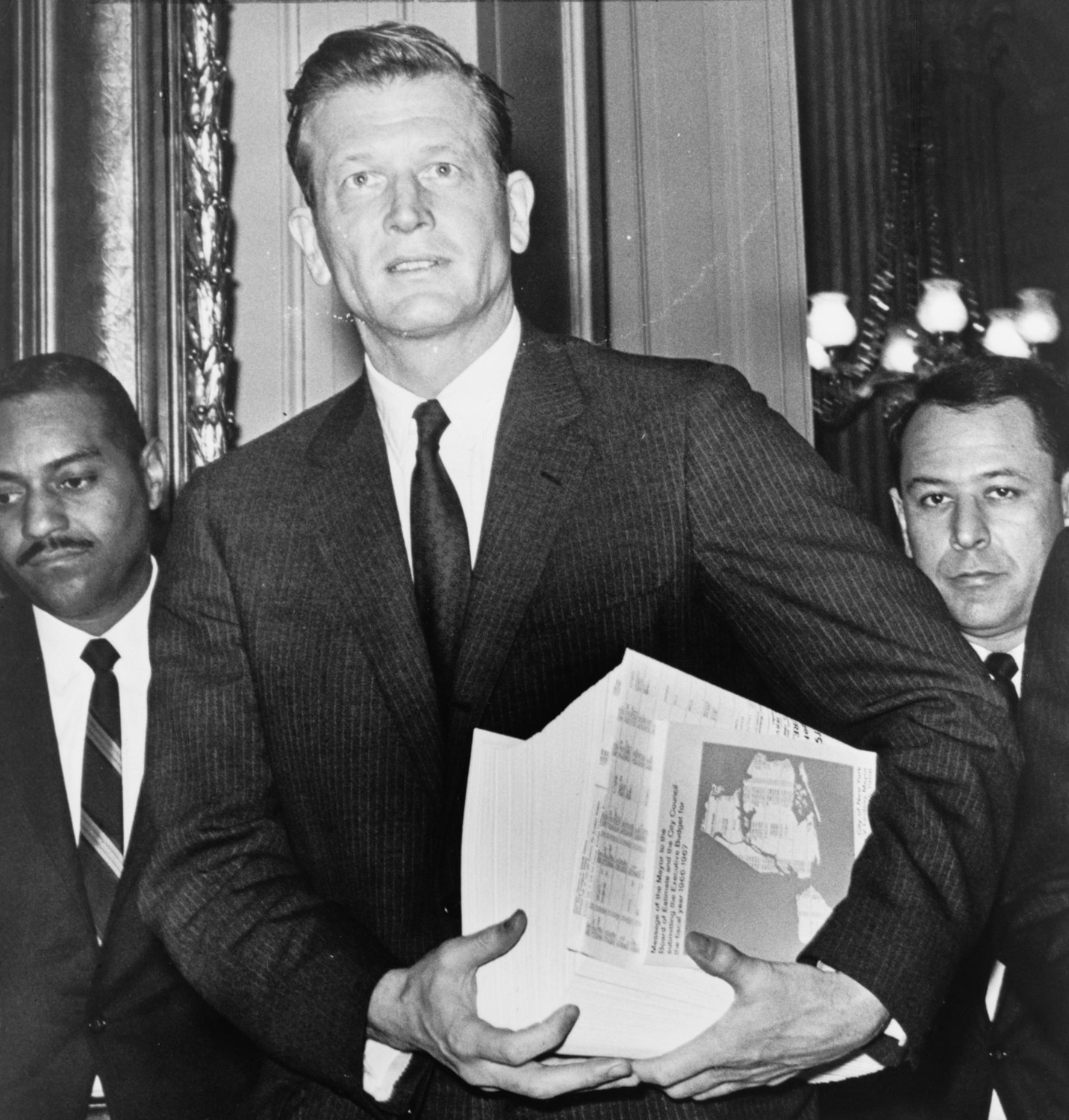When Lindsay’s run derailed, he built a sukkah
During the New York City mayoral election of 1969, the incumbent mayor, John V. Lindsay, found himself in an electoral jam for re-election. Having just lost the Republican primary to state Senator Dr. John Marchi of Staten Island, Lindsay, left to running on the Liberal Party line, decided to go all out to get the city’s large Jewish vote.
This effort, and some of the zany tactics employed, were detailed in a in an article in 2013 in the journal, “American Jewish History,” entitled, “The Snubs and the Sukkah: John Lindsay and Jewish Voters in New York City.” This article was recently adapted from the original by Tablet Magazine and republished under the revised titled, “John V. Lindsay Builds a Sukkah: How a liberal mayor learned to embrace Jews’ international and cultural concerns to court their vote, and changed New York City politics.”
In this essay, by Dr. Jeffrey F. Taffet, professor of history at the U.S. Merchant Marine Academy, we learn how American-Israeli foreign policy jelled with domestic municipal political interests to determine the outcome of what was thought to be a hopeless mayoral race for the incumbent mayor.
Using the frequent visits to this country by the then Israeli prime minister, Golda Meir, her visits would serve as a prop for Lindsay’s campaign in the Jewish neighborhoods; he almost never left her side.
As a prime example of this tactic, the author devotes the bulk of his essay to a rather strange strategy used by the Lindsay campaign to draw the interest of the Jewish vote, that being the building of a large and expensive sukkah on the grounds of the prestigious Brooklyn Museum designed to host and honor the Israeli prime minister during the feast of Sukkot a month before the municipal election. This public relations stunt, using a religious prop and involving, through selected invitations, the leadership of the New York City Jewish community, was designed to give the mayor the political profile that he needed to influence the Jewish vote in a matter that, in reality, had absolutely nothing to do with the civic competence of Lindsay.
Much of the political history of that era is given legitimate profile in this 14-page essay. Many of the political characters of that era are given their justified bows that would prompt the careful reader to research their names for further details concerning their political interests.
My own personal interests were focused on the Marchi campaign on whose staff I served. In the years to follow I was on his senatorial staff, dealing with education and civil liberties, hot buttons issues in the late 1960s and 1970s.
The Taffet essay brought back many old memories of events and personalities. In the perspective of the current mayoral race, this essay is worth your attention.
Lastly: When I shared the essay with my neighbor, Village of Cedarhurst Mayor Ben Weinstock, I learned something totally unexpected. Mayor Weinstock wrote to me the following:
“I helped decorate the sukkah. In fact, the picture shows the real fruit that I attached to the wall behind the spot where the official photo was taken. It was a giant sukkah behind the museum.
“All the decorations were fresh fruits and vegetables that I hung by pushing a wire through them and then I stapled the free end of the wire to the walls that were made of plywood. All the walls were covered with fabric. I worked on this project for two full days. It was the most beautiful sukkah I ever saw.”
Ben was all of 16 years old at the time of this most memorable experience, an experience that was to serve him well, in my most humble opinion, in the years to come as the mayor of our community.
FOR YOUR FURTHER STUDY
Please note of the following readings in the weeks to come: “The Beast that Crouches at the Door” by Rabbi David Fohrman, “Genesis: From Creation to Covenant” by Rabbi Dr. Zvi Grumet, “A Bridge Called Prayer” by Rabbi Yehonason Alpren, and the Fall 2017 issue of the distinguished journal, “Hakirah: The Flatbush Journal of Jewish Law and Thought.”

 47.0°,
Light Drizzle Fog/Mist
47.0°,
Light Drizzle Fog/Mist 




